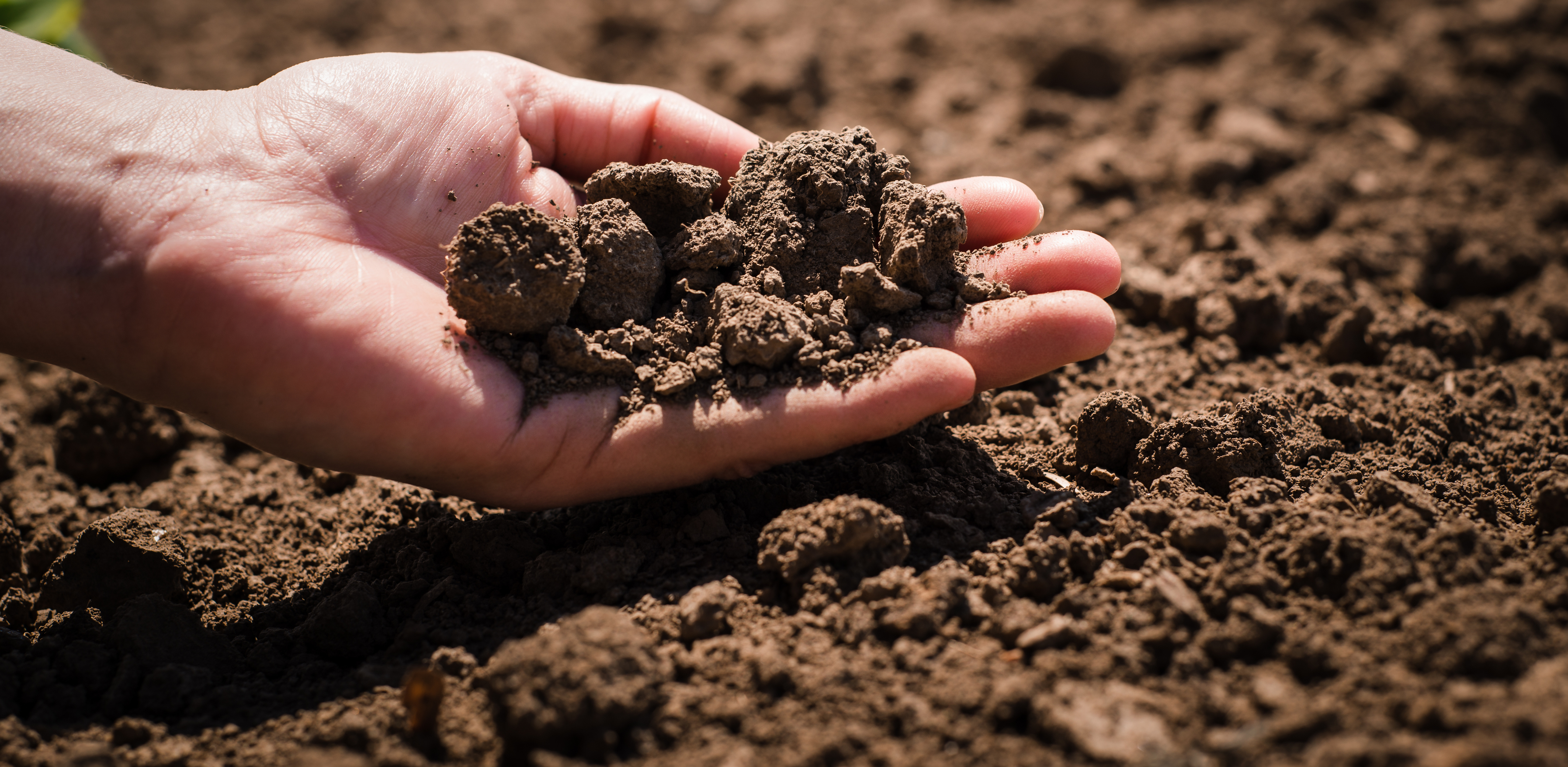Soils in EIA – by Chris Stapleton
This blog first appeared on Chris Stapleton’s LinkedIn. Chirs will be speaking at CIEEM’s upcoming conference ‘The Role of Soils in Nature Recovery.’
Soil performs ‘functions’ that are components of the following terrestrial ecosystem services:
- Biomass (food, fibre, timber and fuel) production;
- Ecological habitats and a platform for soft (i.e. green) infrastructure;
- Interactions with the atmosphere: as a component of the carbon and nitrogen cycles;
- Interactions with the atmosphere: as a component of the hydrological cycle;
- The preservation of archaeology, cultural heritage, community benefits & geodiversity; and
- As a source of materials.
- Soils also act as a platform for hard development which displaces, seals off and largely isolates any remaining soil from the rest of the terrestrial ecosystem.
In addition to this loss of land, the effects of development on soil functions, soil health and terrestrial ecosystem services should also be assessed within the EIA process. This should be with reference to the soils that are displaced and not reused (ie a lost resource), together with changes in soil properties that affect soil functions and soil health within soils that are conserved for use both on and off-site. This article is primarily about these soil properties.
In my first article, I showed how soils (and subsoils in particular) are influenced by the parent materials (weathered rocks) in which they have developed. I also made the point that subsoils are important because they have structures that provide drainage channels that also supply the oxygen necessary for root respiration and the uptake of nutrients. Plant roots extend their roots down the drainage channels and penetrate into the porous structures.
Organic matter and carbon are stored mainly in dark brown and generally loamy topsoils. On agricultural land in the UK they tend to have uniform depths of between 20 and 25cm because of repeated cultivations to these depths. The lighter coloured subsoils are more variable. They can have several horizons (layers) with textures and structures which often change with increasing depth, as described below.
Soil textures (variations in sand, silt and clay contents), have a big influence on soil structures. Larger and less porous structures are associated with heavier (clayey and silty) soil textures. Smaller and more porous structures are associated with loamy textures. Photo 1 shows a deep loam over a red marl that occurs at depth, and Photos 2 to 4 show the transition from upper subsoil to lower subsoil structures within this profile. The heavier textures with increasing depth lead to gradually larger structures. Photo 5 shows the larger upper subsoil structures present in other profiles where the red marl occurs closer to the ground surface. Compare the structures in the deep loam with those in a soil profile where the topsoil occurs directly over Red Marl (Photo 6) and the fragments of large soil structures taken from the marl at a shallow depth (Photo 7).
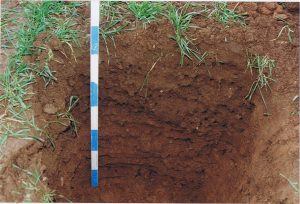
Photo 1: Deep loam over red marl (scale 10cm)
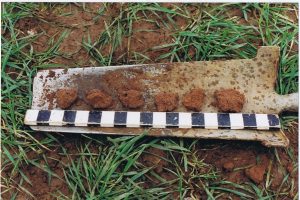
Photo 2: Shallow upper subsoil structures (scale 2cm)

Photo 3: Deeper upper subsoil structures

Photo 4: Lower subsoil structures

Photo 5: Larger upper subsoil structures where red marl is closer to the ground surface
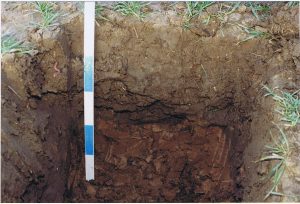
Photo 6: Shallow soil directly over red marl
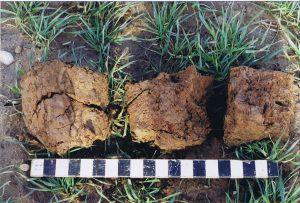
Photo 7: Fragments of large subsoil structures from the marl (no upper subsoil structures)
By the way, these red-brown soils are my favourite, as I grew up with them around my home town in South Devon. They give local sheep their distinctive pink fleeces when they feed on root crops (turnips/swedes) left un-lifted by farmers in muddy fields.
Soils developed in parent materials like silts and clays have heavy textures at shallow depths, with larger less porous structures and fewer drainage channels. They are prone to wetness, and a relatively high water- table in topographic receiving sites. These soils and structures are shown in Photos 8 to 10.

Photo 8: Clay soil profile developed in Carboniferous Shale

Photo 9: Very large subsoil structures from the clay (no upper subsoil structures)
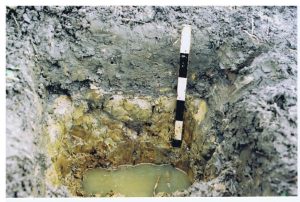
Photo 10: Clay soil in topographic receiving site with high water table
Soils on sandy parent materials have textures that generally get sandier with depth. They have weakly developed and friable structures that break down easily, and in driers areas they are prone to drought. These soils and structures are shown in Photos 11 and 12.
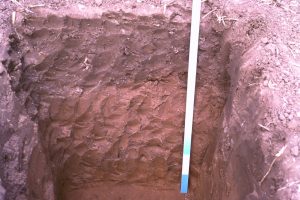
Photo 11: Sandy soil profile
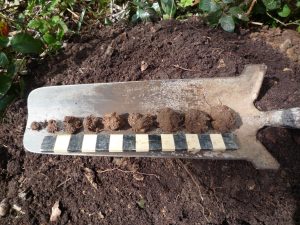
Photo 12: Weakly developed and friable subsoil structures in sandy soil
The weathering and erosion of rocks, and the mixing of sands, silts and clays deposited as surface materials explains why most UK topsoils are loamy. Soils developed on deeper loamy surface deposits also have loamy upper subsoils of varying thickness with smaller and more porous structures to depth, and a greater density of drainage channels. They are less prone to wetness or drought and are associated with higher grades/classes of agricultural land. Generally speaking, the thicker the loamy upper subsoils the higher the grade or class.
The deep loamy soil and associated structures shown above in Photos 1 to 4 are likely to be classified as ALC Grades 1 and 2 and LCA Classes 1 and 2, unless downgraded by climatic or topographic limitations.
As soil health influences soil functions, the soil properties that determine soil health and soil functions are likely to be broadly similar. Therefore, in the EIA process the significance of development impacts on soils should be determined with reference to changes in these soil properties.
Some of the more important properties have been described above, but others include depth to impermeable layers, hydraulic conductivity, depth to groundwater, levels of soil organic matter and stored carbon, nutrient and pH levels and soil biota populations. Soil functions are relatively well understood, but we have yet to arrive at the formal recognition of soil properties defining health. This is a work in progress and explains why the IEMA guidance (see below) is currently based largely on soil functions.
Where soils disturbed by development are conserved for reuse (both on and off-site) as a form of mitigation, the protection and retention of these soil properties (and soil structure in particular) is important. This is achieved through good practice in soil handling methods and the use of suitable machinery in dry conditions to achieve successful land restoration and habitat creation/translocation. This will avoid the loss of soil and the destruction of soil structures through compaction by heavy machinery.
In Photo 13, note the well-developed subsoil structures in this undisturbed soil profile, and the largely vertical drainage channels between them, compared with the platy structures with horizontal cleavages and an absence of vertical drainage channels in the damaged soil material shown in Photo 14 that has become compacted by inappropriate soil handling in wet conditions.
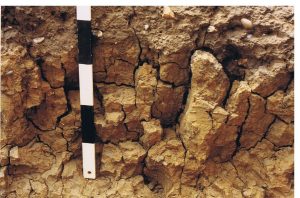
Photo 13: My “go-to” soil profile showing well developed structures and drainage channels

Photo 14: Impermeable platy structures caused by compaction during soil handling
When considering the use or reuse of soils incorporated within or displaced by development it should be noted that different soil types have the potential to successfully contribute towards different terrestrial ecosystem services.
For example, heavier clayey and silty soils form a suitable substrate for the establishment of wetlands, local adjustments to topography and hydrology, and introducing ground cover that promotes carbon sequestration. Lighter sandy soils are suitable for biodiversity associated with low nutrient grassland and heathland. Loamy soils are likely to be derived from more intensively used agricultural land and tend to have relatively high retained nutrient levels, and they are better suited to continued biomass production. It is in this appropriate use of available soil resources that developments can secure lasting net biodiversity gains.
Chris will be speaking at our 2023 Spring Conference: The Role of Soils in Nature Recovery on 21st March.
Blog posts on the CIEEM website are the views and opinions of the author(s) credited. They do not necessarily represent the views or position of CIEEM. The CIEEM blog is intended to be a space in which we publish thought-provoking and discussion-stimulating articles. If you’d like to write a blog sharing your own experiences or views, we’d love to hear from you at SophieLowe@cieem.net.
